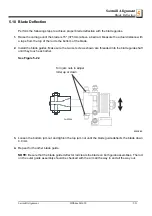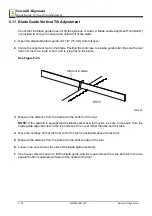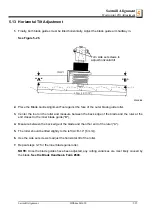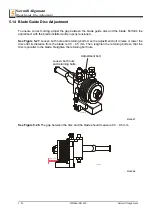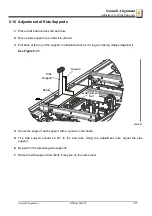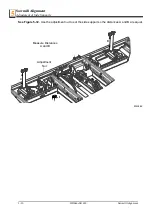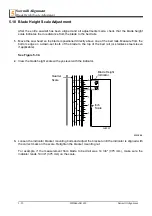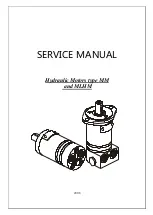
Motor Brake
Motor Brake Maintenance
6
8-1
EGdoc041620
Specifications
SECTION 6 MOTOR BRAKE
6.1
Motor Brake Maintenance
Maintenance intervals
IMPORTANT!
Brakes with defective armature plates, cheese head
screws, springs or flanges must be replaced completely.
Please observe the following for inspections and maintenance operations:
Remove impurities through oil and grease using brake cleaning agents, if necessary, replace brake
after finding out the cause of the contamination. Dirt deposits in the air gap between stator and
armature plate impair the function of the brake and must be removed.
After replacing the rotor, the original braking torque will not be reached until the run−in operation of
the friction surfaces has been completed. After replacing the rotor, run−in armature plates and
flanges have an increased initial rate of wear.
Checking the rotor thickness
DANGER!
The motor must not be running when checking the rotor
thickness.
Remove the motor cover and seal ring (if mounted).
Measure the rotor thickness with a caliper gauge. On brakes with friction plates, observe edging on
outer diameter of friction plate.
Compare measured rotor thickness with minimally permissible rotor thickness.
.
Replace the complete rotor if necessary.
Check the air gap
Measure the air gap "s
Lü
" between armature plate and rotor using a feeler gauge (see chapter 3.3).
Compare the measured air gap to the maximum permissible air gap "s
Lümax.
" (see table below).
Service brakes
after 4000 hours of operation at the
latest or every six months
TABLE 6-1.
!


